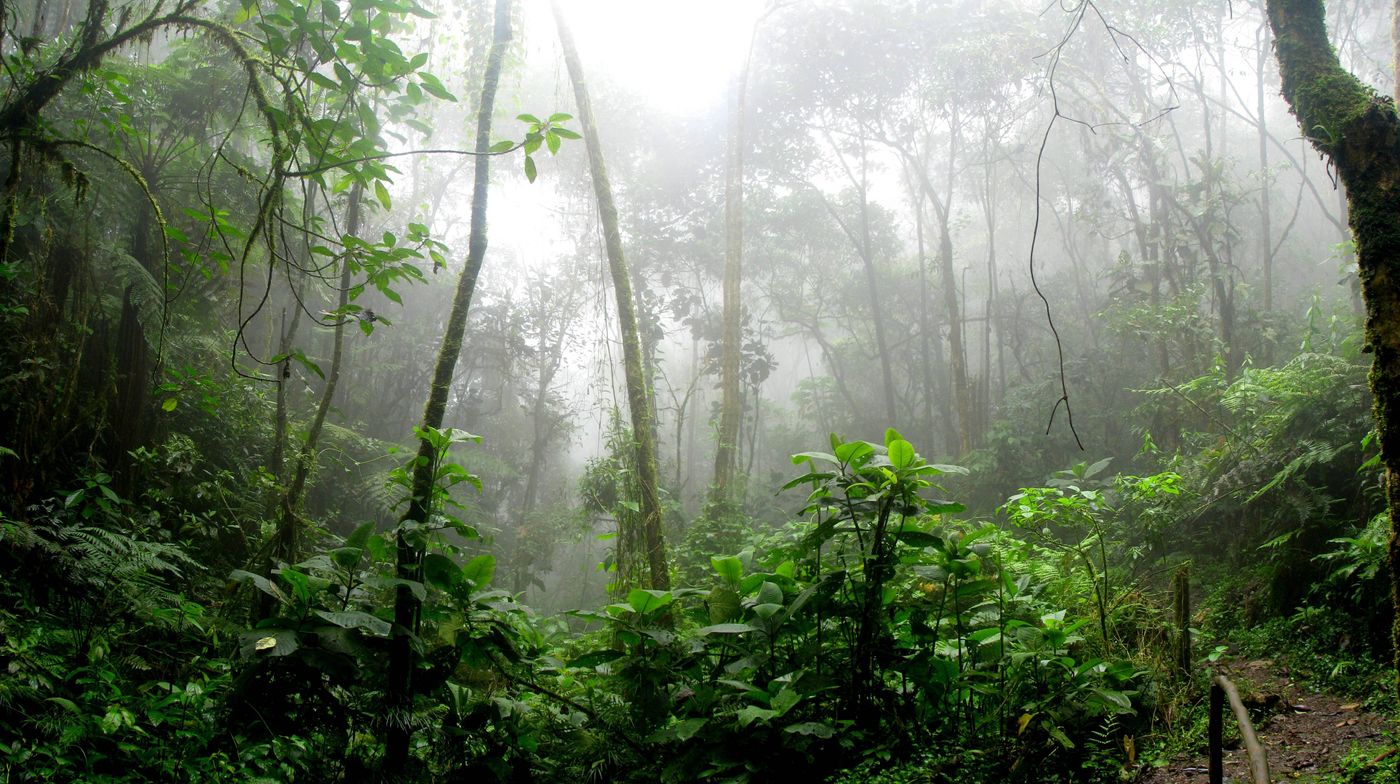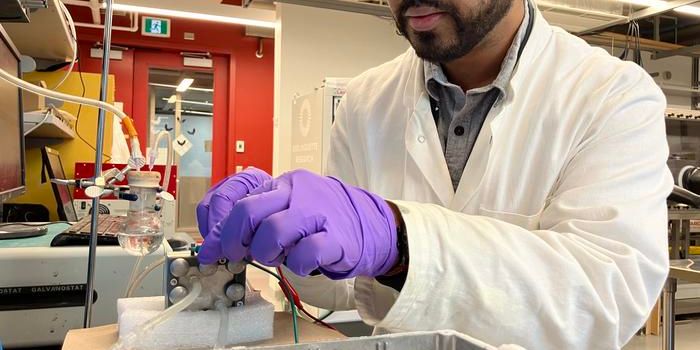The conversion of the Amazon rainforest into savanna may be on the horizon
More dim news from the Amazon: more of the rainforest is at risk of becoming a savanna than previously believed. The findings, published in the journal Nature Communications, are the result of new data analyses and computer models.
The analysis looks at the levels of rainfall and moisture in the region. If precipitation levels drop past a particular threshold, scientists fear rainforest habitats will transform into savannas.
"By using the latest available atmospheric data and teleconnection models, we were able to simulate the downwind effects of the disappearance of forests for all tropical forests. By integrating these analyses over the entire tropics, the picture of the systematic stability of tropical forests emerged," says Obbe Tuinenburg, who is a visiting scientist at the Stockholm Resilience Centre.
Reduced rainfall in certain parts of the Amazon is a consequence of climate change; scientists predict this pattern will continue and even become worse in the coming years.
"In around 40% of the Amazon, the rainfall is now at a level where the forest could exist in either state -- rainforest or savanna, according to our findings," says lead author Arie Staal, who was previously a researcher at the Stockholm Resilience Centre and the Copernicus Institute of Utrecht University.
In order to investigate rainforest resiliency, the researchers asked themselves the following questions: what if all the forests in the tropics disappeared, where would they grow back? And inversely, what happens if rainforests covered the entire tropical region of Earth?
The computer models that the team ran allowed the scientists to capture the complex climate forces at work in rainforests. "The dynamics of tropical forests is interesting. As forests grow and spread across a region this affects rainfall -- forests create their own rain because leaves give off water vapor and this falls as rain further downwind. Rainfall means fewer fires leading to even more forests. Our simulations capture this dynamic," Staal explains. "As forests shrink, we get less rainfall downwind and this causes drying leading to more fire and forest loss: a vicious cycle."
They saw this dynamic explicitly in the Amazon, showing perhaps unsurprisingly that as greenhouse gas emissions increase, more and more of the Amazon loses resiliency, drying out and teetering precariously on the edge of becoming savanna.
"We understand now that rainforests on all continents are very sensitive to global change and can rapidly lose their ability to adapt," says Ingo Fetzer of the Stockholm Resilience Centre. "Once gone, their recovery will take many decades to return to their original state. And given that rainforests host the majority of all global species, all this will be forever lost."
Sources: Nature Communications, Science Daily









